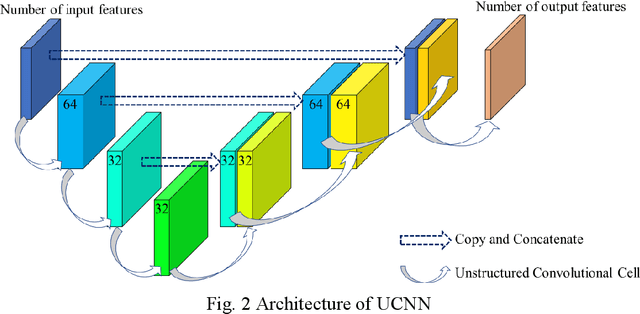Xuxiang Sun
Threatening Patch Attacks on Object Detection in Optical Remote Sensing Images
Feb 13, 2023Abstract:Advanced Patch Attacks (PAs) on object detection in natural images have pointed out the great safety vulnerability in methods based on deep neural networks. However, little attention has been paid to this topic in Optical Remote Sensing Images (O-RSIs). To this end, we focus on this research, i.e., PAs on object detection in O-RSIs, and propose a more Threatening PA without the scarification of the visual quality, dubbed TPA. Specifically, to address the problem of inconsistency between local and global landscapes in existing patch selection schemes, we propose leveraging the First-Order Difference (FOD) of the objective function before and after masking to select the sub-patches to be attacked. Further, considering the problem of gradient inundation when applying existing coordinate-based loss to PAs directly, we design an IoU-based objective function specific for PAs, dubbed Bounding box Drifting Loss (BDL), which pushes the detected bounding boxes far from the initial ones until there are no intersections between them. Finally, on two widely used benchmarks, i.e., DIOR and DOTA, comprehensive evaluations of our TPA with four typical detectors (Faster R-CNN, FCOS, RetinaNet, and YOLO-v4) witness its remarkable effectiveness. To the best of our knowledge, this is the first attempt to study the PAs on object detection in O-RSIs, and we hope this work can get our readers interested in studying this topic.
UCNN: A Convolutional Strategy on Unstructured Mesh
Jan 12, 2021



Abstract:In machine learning for fluid mechanics, fully-connected neural network (FNN) only uses the local features for modelling, while the convolutional neural network (CNN) cannot be applied to data on structured/unstructured mesh. In order to overcome the limitations of FNN and CNN, the unstructured convolutional neural network (UCNN) is proposed, which aggregates and effectively exploits the features of neighbour nodes through the weight function. Adjoint vector modelling is taken as the task to study the performance of UCNN. The mapping function from flow-field features to adjoint vector is constructed through efficient parallel implementation on GPU. The modelling capability of UCNN is compared with that of FNN on validation set and in aerodynamic shape optimization at test case. The influence of mesh changing on the modelling capability of UCNN is further studied. The results indicate that UCNN is more accurate in modelling process.
 Add to Chrome
Add to Chrome Add to Firefox
Add to Firefox Add to Edge
Add to Edge